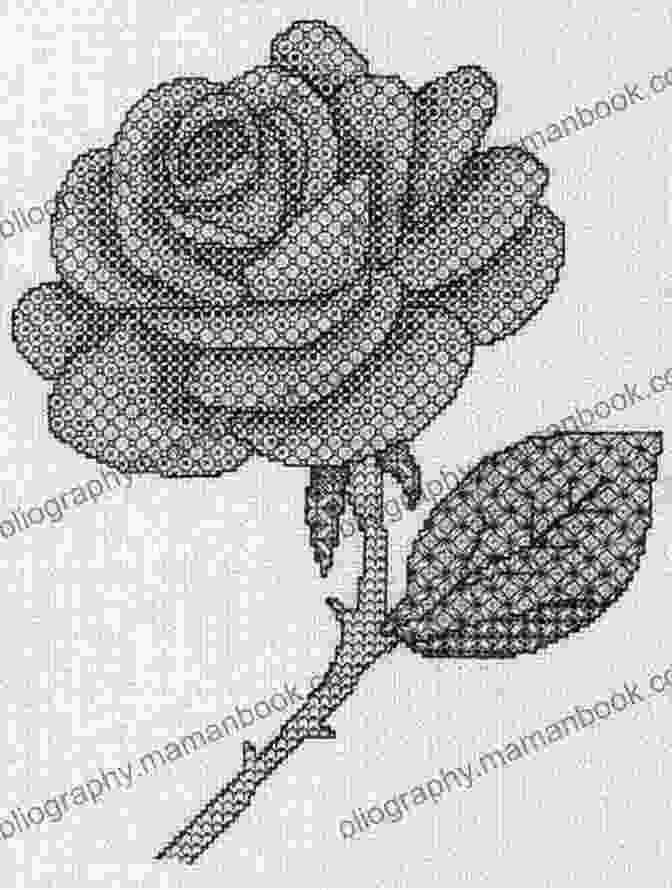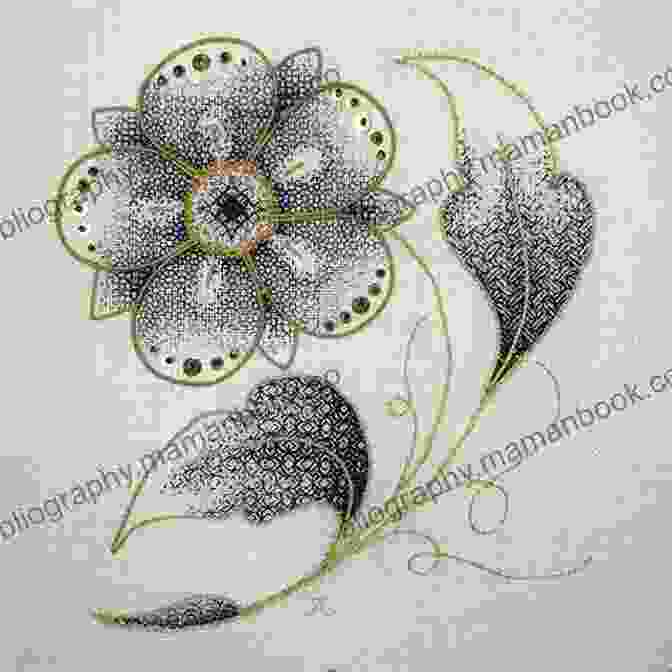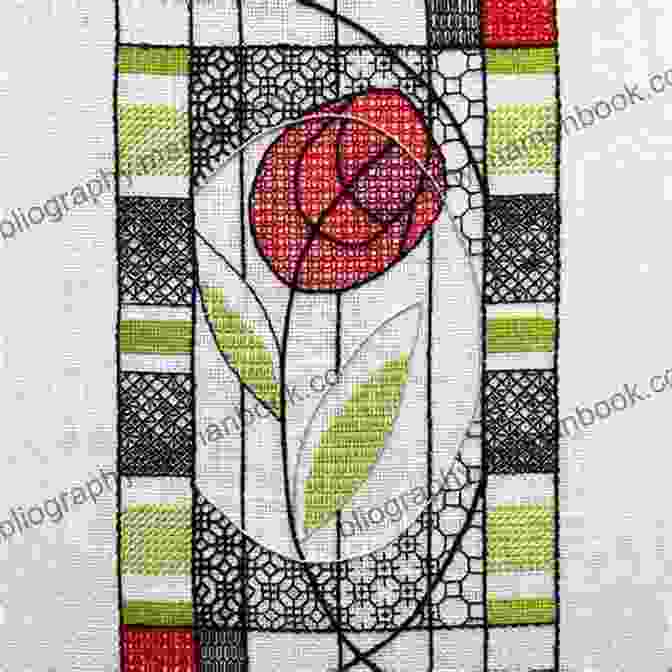Blackwork embroidery, an ancient and intricate needlework technique, has captivated artisans for centuries. In recent times, coloured blackwork has emerged as a vibrant and alluring variation on this classic art form. One particularly striking pattern within coloured blackwork is the Blackwork Rose, a breathtaking depiction of the iconic flower known for its beauty and symbolism.
Historical Origins and Cultural Significance
The origins of blackwork embroidery can be traced back to 16th-century Europe, where it was predominantly used to adorn clothing, tapestries, and other textiles. Blackwork patterns were often geometric and symmetrical, featuring intricate motifs and openwork.
5 out of 5
| Language | : | English |
| File size | : | 4887 KB |
| Text-to-Speech | : | Enabled |
| Screen Reader | : | Supported |
| Enhanced typesetting | : | Enabled |
| Print length | : | 16 pages |
| Lending | : | Enabled |
Coloured blackwork, including the Blackwork Rose, emerged in the 20th century as a more expressive and colourful interpretation of the traditional technique. These patterns incorporate a wider palette of colours, allowing for a more realistic and nuanced representation of natural forms.
The Blackwork Rose Pattern
The Blackwork Rose pattern is characterized by its dramatic use of contrasting colours. The rose is typically worked in shades of deep red or burgundy, against a background of black or dark brown. The petals are created using a series of tiny stitches, which overlap to create a textured and three-dimensional effect.

The Blackwork Rose pattern often includes additional embellishments, such as leaves, stems, and thorns. These elements can be worked in a variety of colours and stitches, creating a rich and layered composition.
Techniques and Materials
To create a Blackwork Rose, you will need a needle, embroidery thread, and a piece of fabric. The fabric should be a medium-weight evenweave fabric, such as linen or cotton. The embroidery thread can be any type of cotton or silk thread, but it is important to use a thread that is strong and durable.

There are a variety of stitches used in blackwork embroidery, including the Holbein stitch, the stem stitch, and the satin stitch. The Holbein stitch is a versatile stitch that can be used to create both solid areas and openwork patterns. The stem stitch is a long, straight stitch that is often used to create outlines and veins. The satin stitch is a dense, smooth stitch that is used to create filled areas.
Step-by-Step Instructions
To create a Blackwork Rose, follow these step-by-step instructions:
1. Transfer the Blackwork Rose pattern to your fabric using a pencil or fabric marker. 2. Start by working the black or dark brown background using the Holbein stitch. 3. Switch to the coloured thread and begin working the petals of the rose. Use the Holbein stitch to create a series of overlapping stitches, working from the outer edge of the petal towards the centre. 4. Continue working the petals until they are complete. 5. Use the stem stitch to create the veins on the petals. 6. Switch back to the black or dark brown thread and use the Holbein stitch to create the leaves and thorns. 7. Add any additional embellishments, such as beads or sequins, to complete your Blackwork Rose.

The Blackwork Rose is a captivating and elegant embroidery pattern that combines the classic techniques of blackwork with the vibrant colours of modern embroidery. Whether you are a skilled embroiderer or just starting out, creating a Blackwork Rose is a rewarding and enjoyable experience. With careful attention to detail and a bit of practice, you can create a beautiful and unique piece of art that will be treasured for years to come.


















































































































